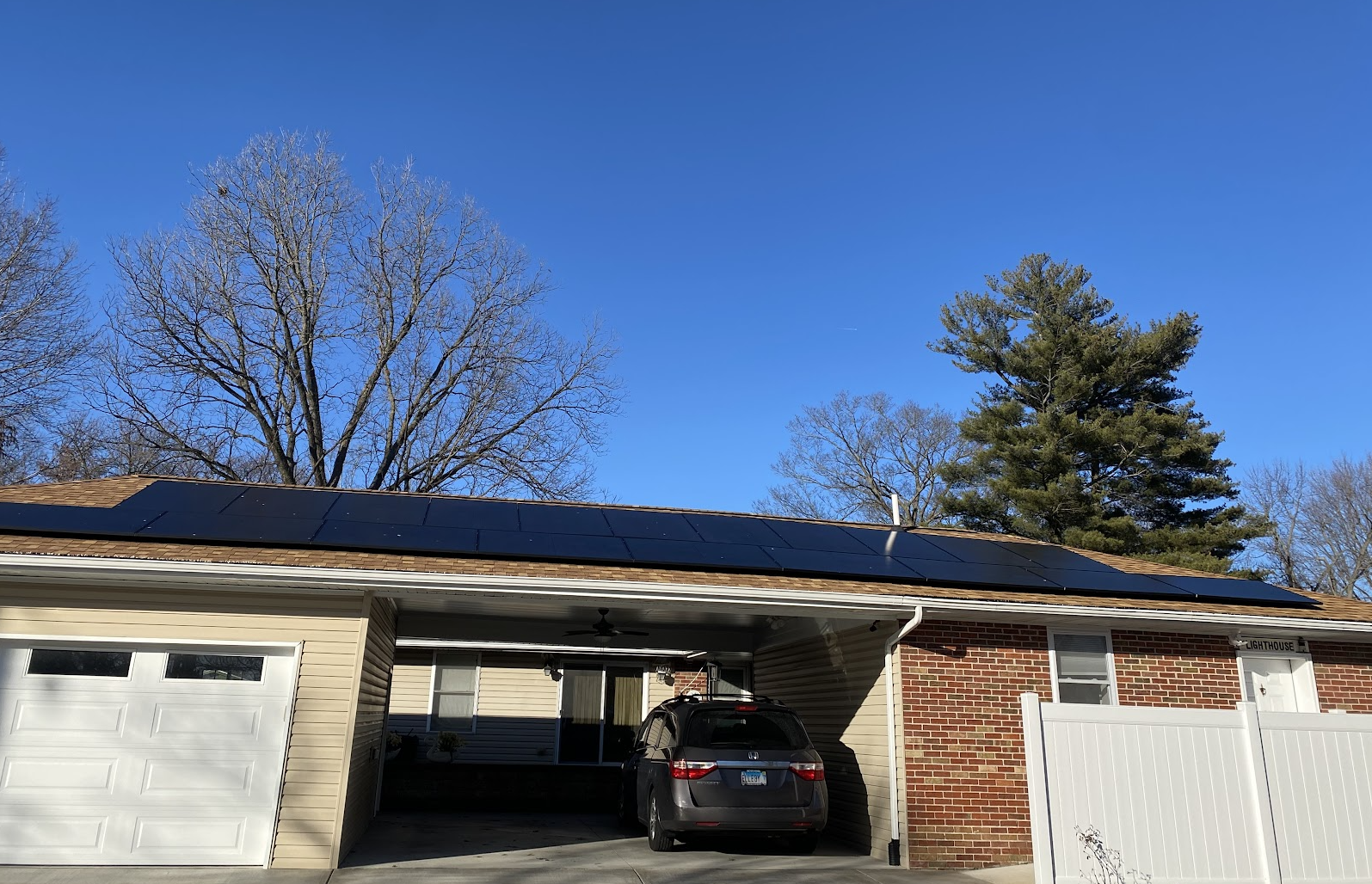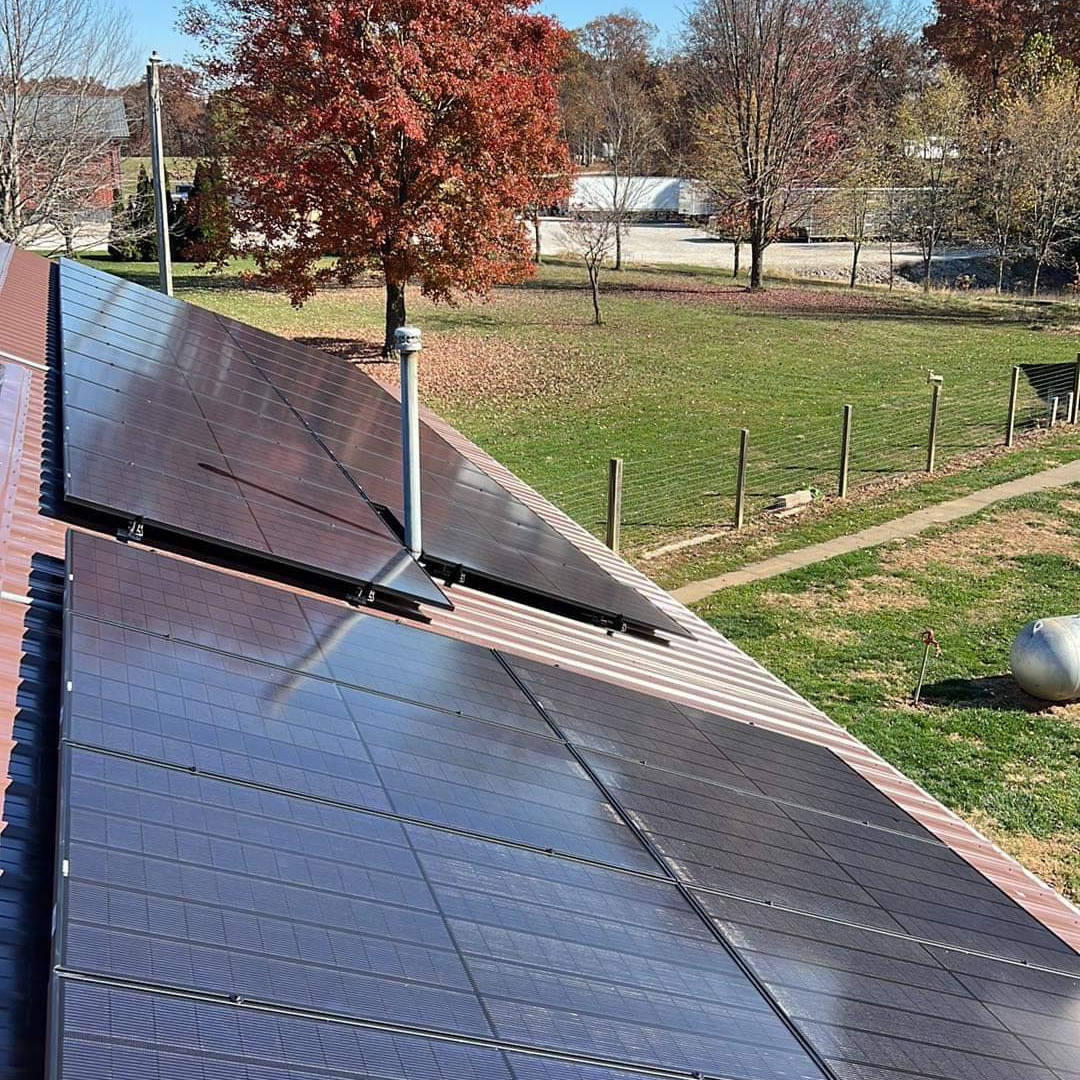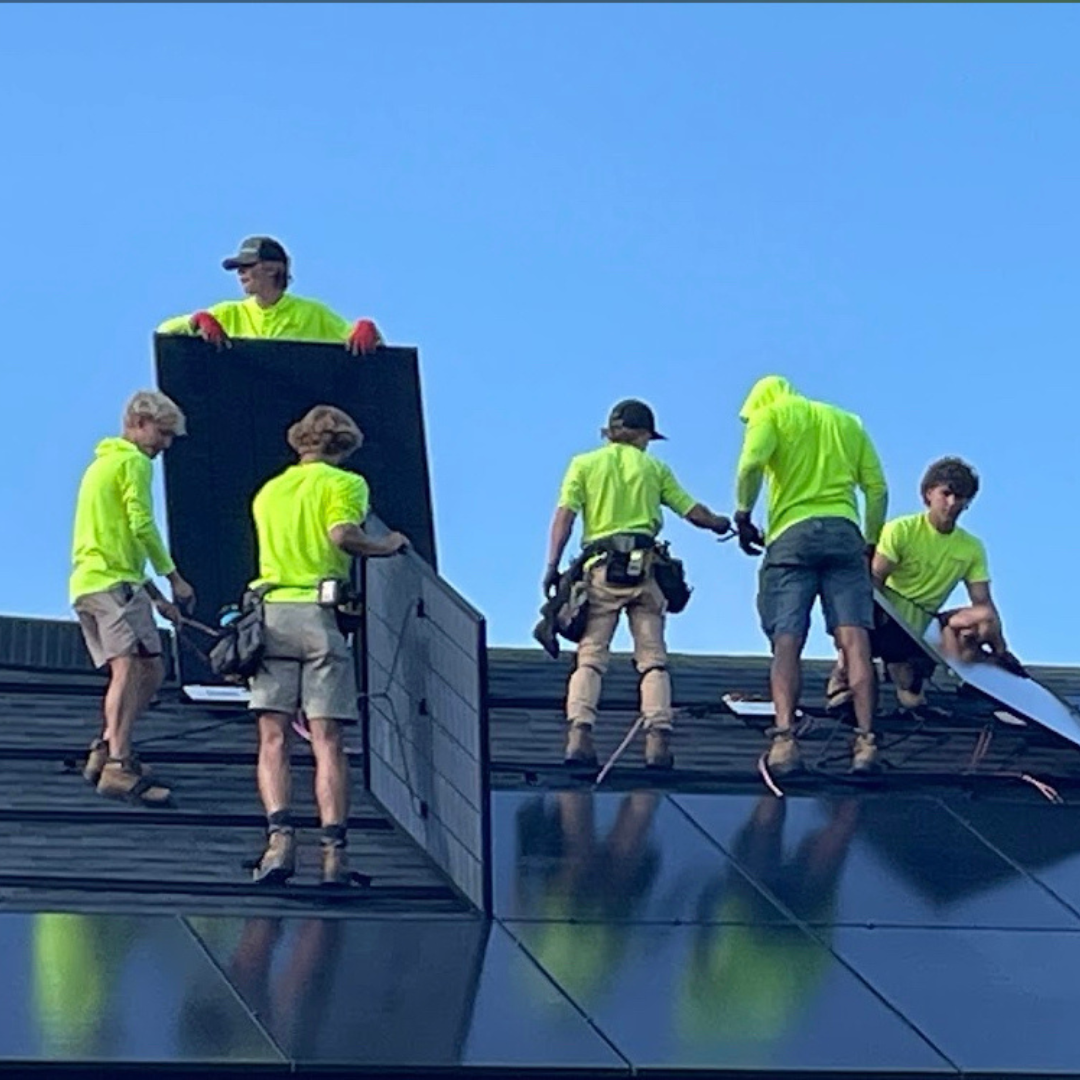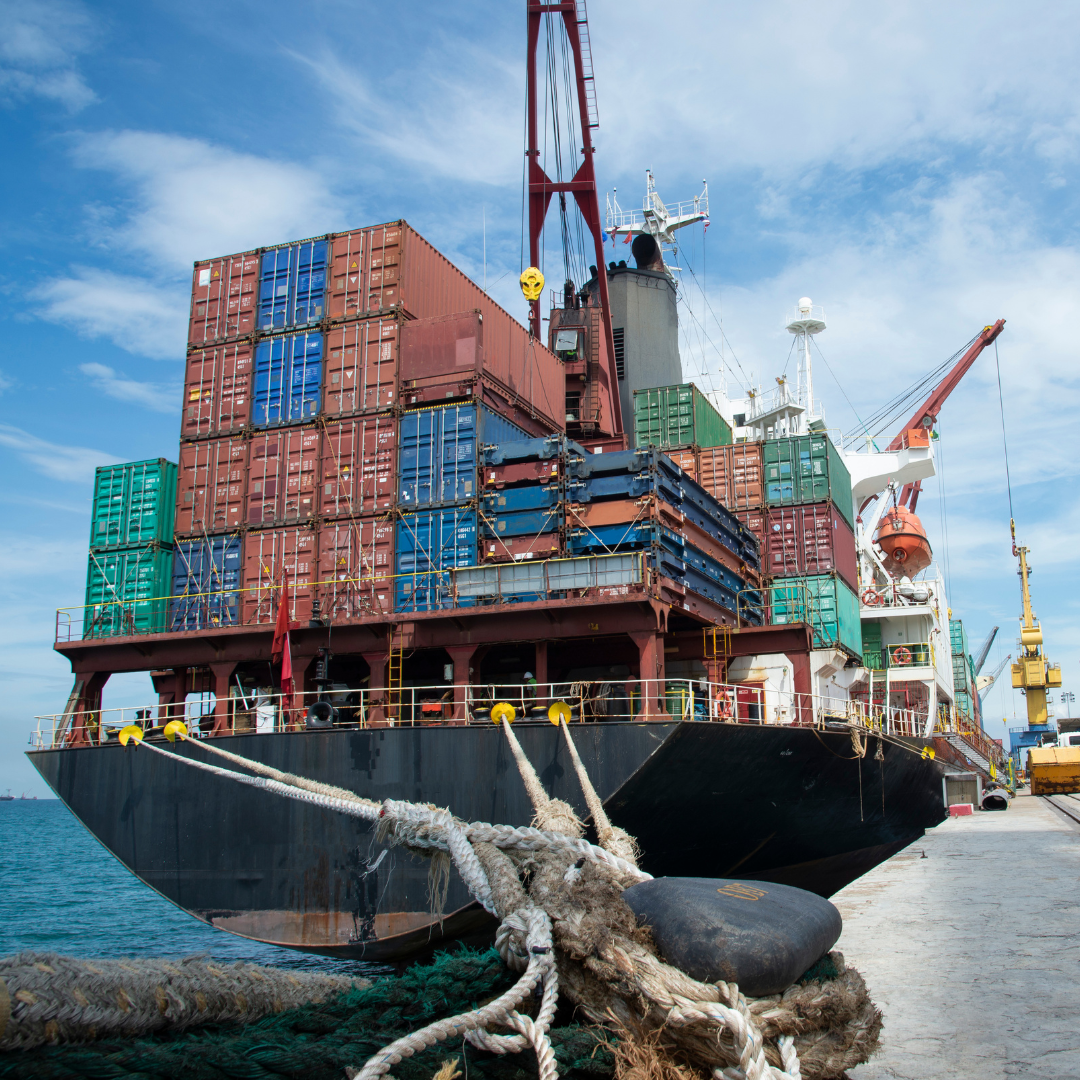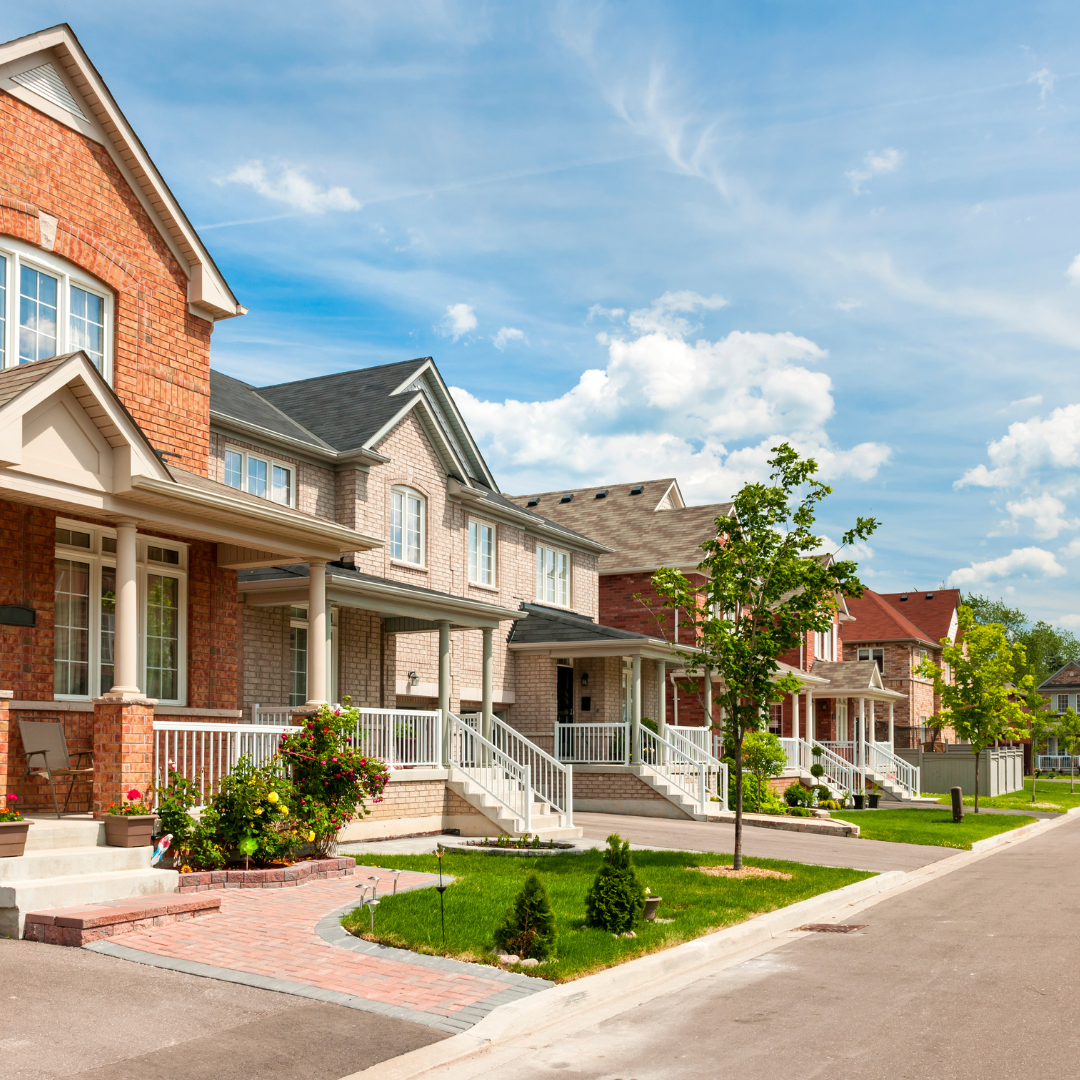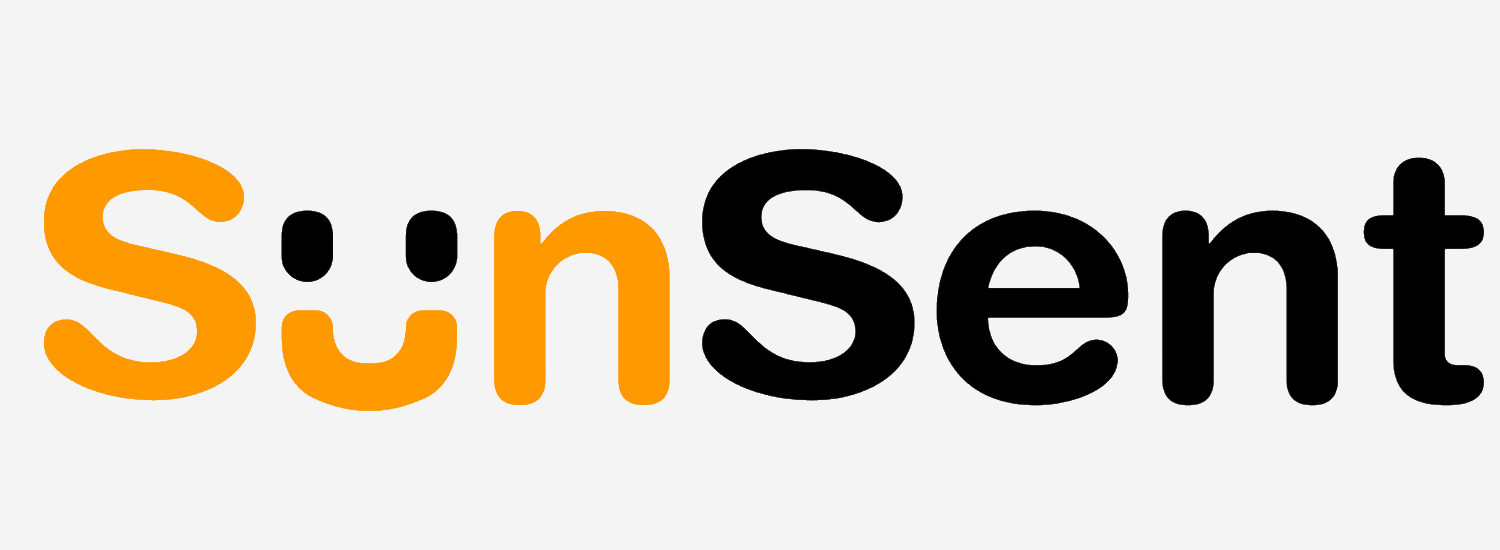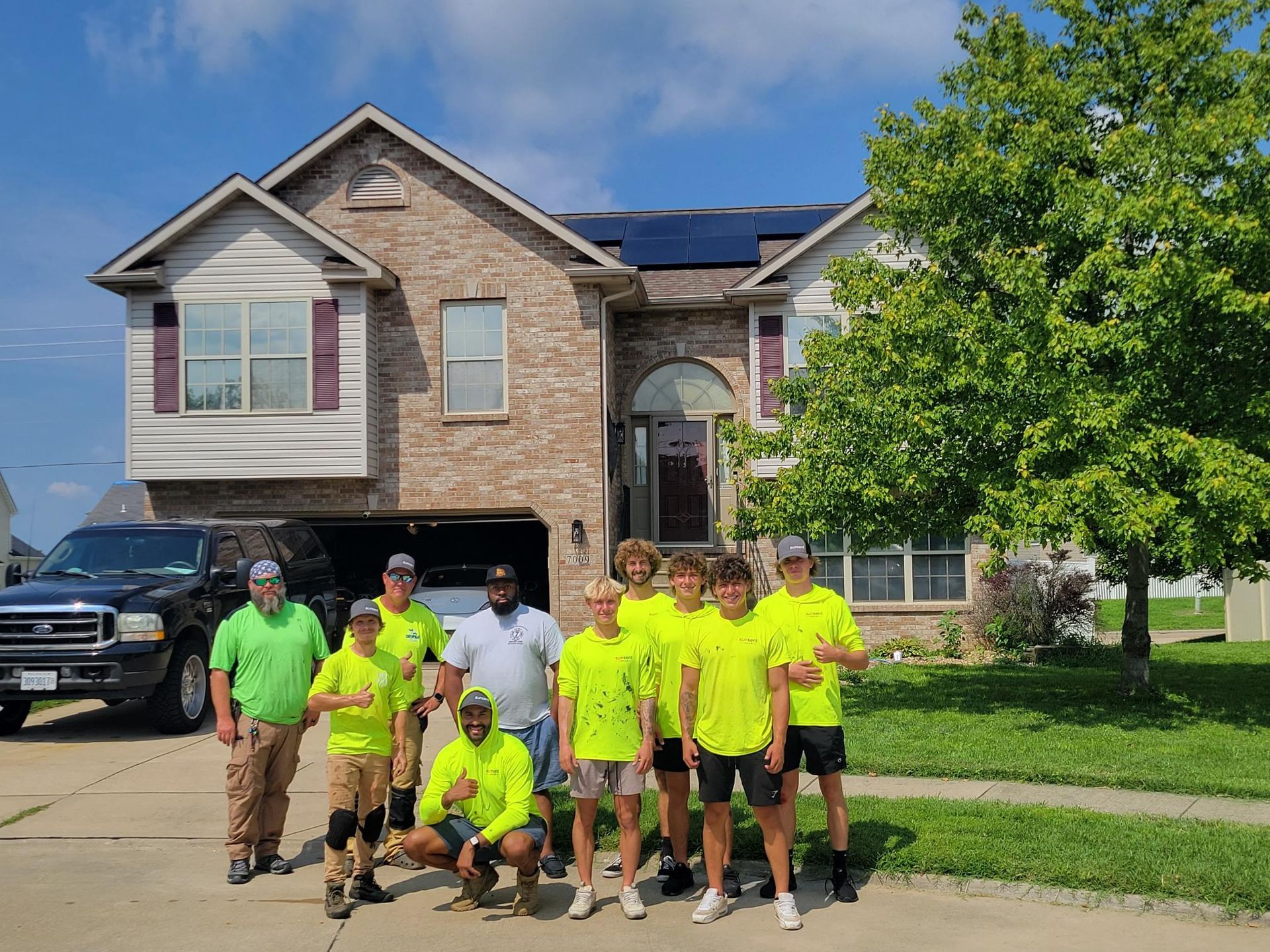Microinverters vs. String Inverters: Choosing the Best Option for Your Solar System
When designing a solar system for your home, one of the most important decisions is choosing the right type of inverter. Inverters are responsible for converting the Direct Current (DC) power generated by your solar panels into Alternating Current (AC) power that can be used in your home. There are two main types of inverters: microinverters and string inverters. The type you choose will impact your system's efficiency, cost, and monitoring capabilities.
As the leading solar experts in Missouri and Illinois, SunSent Solar is here to break down the differences and help you determine the best fit for your home.
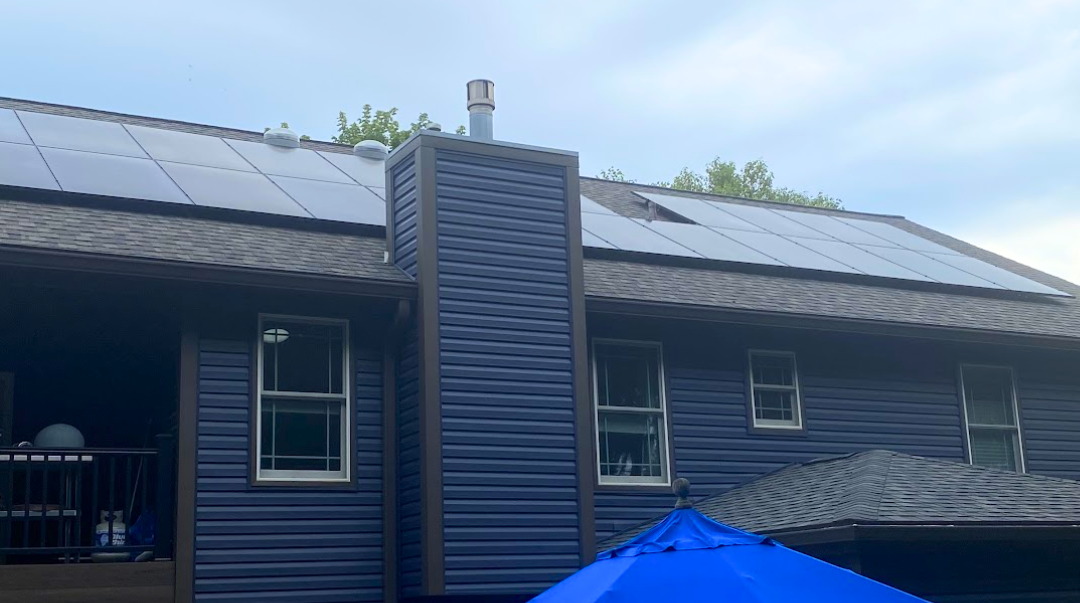
What’s the Difference Between Microinverters and String Inverters?
The key difference lies in where and when the conversion from DC to AC happens.
- Microinverters are attached to each individual solar panel and convert electricity right at the source.
- String inverters connect multiple panels together in a series and convert all the electricity in one central location.
Each option has its advantages and drawbacks, so let’s take a closer look at both.
String Inverters: The Cost-Effective Choice
How They Work: String inverters connect multiple solar panels in a series, sending their combined DC power to a single inverter unit mounted on your home. This is a simple and cost-effective setup, making it a popular choice for solar installations with ideal sun exposure.
Pros:
- Lower upfront cost
- Fewer components to maintain
- Easier to diagnose large-scale issues
- Can be enhanced with power optimizers
Cons:
- The system's performance is dictated by the lowest-performing panel (i.e., shading on one panel reduces output for the entire system)
- Less detailed monitoring—only provides overall system data
- Typically shorter warranties (around 12 years)
String Inverters with Power Optimizers: To counteract performance issues caused by shading or panel mismatches, power optimizers can be added to each panel. While this increases cost, it allows each panel to perform independently and improves system efficiency.
Microinverters: The Premium Option
How They Work: Microinverters are installed on the back of each solar panel and convert DC to AC power immediately at the source. This allows each panel to function independently, making microinverters ideal for systems with shading or panels installed in multiple directions.
Pros:
- Panels work independently—one shaded panel won’t affect the rest of the system
- Easier and cheaper to expand the system by adding more panels
- Allows for individual panel performance monitoring
- Typically come with longer warranties (around 25 years)
Cons:
- Higher upfront cost
- More components to maintain and repair
Which Inverter is Best for You?
The ideal inverter depends on your home’s layout, sun exposure, and future energy needs. If you have an open roof with no shading issues, a string inverter may be the most cost-effective solution. However, if you experience shading or plan to expand your system, microinverters may be the better choice.
At SunSent Solar, we specialize in designing custom solar solutions tailored to your needs. Our team of experts in Missouri and Illinois can help you determine the best inverter for your home to maximize energy savings.
Want to learn more about solar? Check out our blog post: AC vs DC: How Solar Power Works
